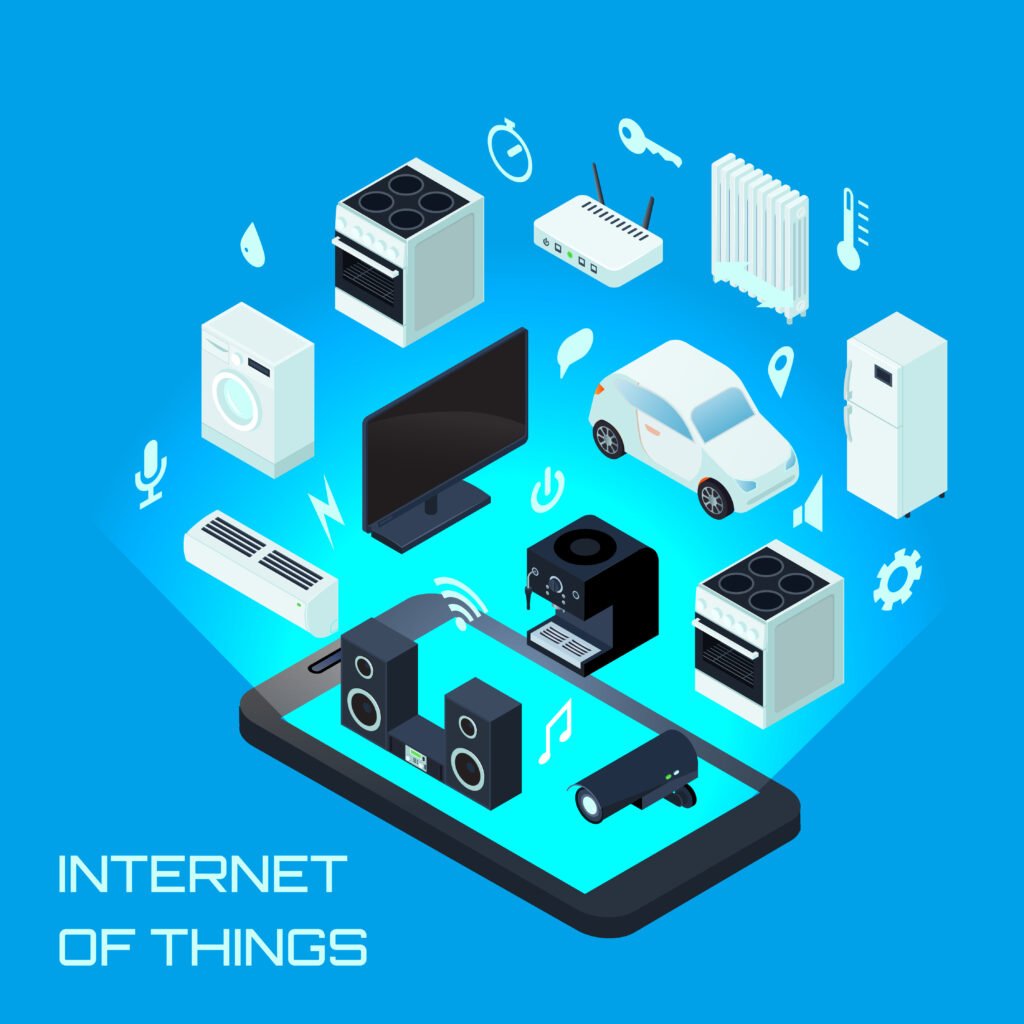What are two major concerns regarding IoT devices?

The rapid adoption of Internet of Things (IoT) technology has revolutionized various aspects of our lives, from smart homes and connected cars to industrial automation and healthcare. IoT devices have provided unprecedented convenience, efficiency, and data-driven insights. However, the widespread integration of IoT devices also brings significant challenges that need to be addressed to ensure the technology’s safe and sustainable growth. In this article, we will explore two major concerns regarding IoT devices: security vulnerabilities and privacy risks.
1. Security Vulnerabilities
Understanding the Threat Landscape
One of the primary concerns associated with IoT devices is their susceptibility to security breaches. Unlike traditional computing devices, IoT devices are often designed with limited computational resources and minimal security features, making them attractive targets for cyber attackers. The sheer diversity and scale of IoT deployments, from simple sensors to complex industrial systems, further complicate the security landscape.
Common Security Issues in IoT Devices
Weak Authentication and Authorization:
Many IoT devices lack robust authentication mechanisms, such as strong passwords or multi-factor authentication, allowing unauthorized access. Once an attacker gains access to a device, they can exploit its capabilities or use it as a gateway to infiltrate larger networks.
Inadequate Encryption:
Data transmitted by IoT devices is often unencrypted or uses weak encryption protocols. This lack of data protection makes it easier for attackers to intercept and manipulate sensitive information.
Unpatched Vulnerabilities:
IoT devices frequently operate on outdated software with known vulnerabilities. Manufacturers often prioritize cost and functionality over security, resulting in devices that do not receive timely updates or patches to fix security flaws.
Device Hijacking and Botnets:
Compromised IoT devices can be hijacked and turned into part of a botnet, a network of infected devices controlled by a single attacker. These botnets can be used to launch Distributed Denial of Service (DDoS) attacks, as seen in high-profile incidents like the Mirai botnet attack in 2016.
2. Privacy Risks
The Scope of Privacy Concerns
Another major concern regarding IoT devices is the potential invasion of user privacy. IoT devices collect vast amounts of data, including personal, behavioral, and location information. This data can be used to provide valuable insights and services, but it also raises significant privacy risks if not handled properly.
Types of Data Collected by IoT Devices
Personal Data: Information that directly identifies an individual, such as name, address, phone number, and email address.
Behavioral Data: Data that tracks user interactions with devices, such as usage patterns, preferences, and activity logs.
Location Data: Data that indicates the geographical location of the device, which can be used to track the movement and whereabouts of users.
Sensitive Data: Data that requires special protection due to its sensitive nature, such as health records, financial information, and biometric data.
Privacy Issues Associated with IoT Devices
Data Over-Collection:
IoT devices often collect more data than necessary for their intended purpose. This excessive data collection can lead to privacy concerns, especially if the data is sensitive or personal.
Lack of User Control:
Many IoT devices do not provide users with adequate control over the data collected or how it is used. Users may not be aware of what data is being collected or have the ability to opt-out of data collection.
Inadequate Data Protection:
IoT devices often lack robust data protection measures, making them vulnerable to data breaches and unauthorized access. Personal and sensitive data may be exposed to hackers or misused by third parties.
Data Sharing and Third-Party Access:
IoT devices often share data with third parties, such as service providers, advertisers, or other connected devices. This data sharing can compromise user privacy, especially if third parties misuse the data or fail to protect it adequately.
Location Tracking and Surveillance:
IoT devices with location tracking capabilities can be used for surveillance, raising concerns about the potential for unauthorized monitoring and tracking of individuals.
Examples of IoT Privacy Concerns
Several real-world examples illustrate the privacy risks associated with IoT devices:
Smart Home Devices: Smart speakers, cameras, and other home automation devices collect data on user interactions, voice commands, and activities within the home. This data can be used to profile users and target them with personalized ads, raising concerns about data misuse and invasion of privacy.
Wearable Health Devices: Wearable devices that monitor health metrics, such as heart rate and sleep patterns, collect sensitive health data. If this data is not adequately protected, it could be accessed by unauthorized parties or used for discriminatory practices by employers or insurers.
Connected Cars: Modern vehicles equipped with IoT technology collect data on driving behavior, location, and vehicle diagnostics. This data can be used to monitor drivers, track their movements, and potentially share information with third parties without the user’s consent.
Strategies to Protect Privacy in IoT
To mitigate privacy risks associated with IoT devices, several measures should be taken to safeguard user data and maintain trust:
Implement Data Minimization: Collect only the data necessary for the device to function and avoid excessive data collection. This reduces the amount of personal and sensitive data at risk of exposure.
Enhance User Control: Provide users with clear information about data collection practices and give them the ability to control their data. Allow users to opt-in or opt-out of data collection and sharing.
Ensure Data Anonymization: Use techniques such as data anonymization and pseudonymization to protect personal data. Anonymized data reduces the risk of identifying individuals from the collected data.
Strengthen Data Protection: Implement robust data protection measures, such as encryption, access controls, and secure storage, to protect data from unauthorized access and breaches.
Promote Transparency: Be transparent about data collection practices and provide users with clear and concise privacy policies. Inform users about what data is collected, how it is used, and with whom it is shared.
Comply with Privacy Regulations: Adhere to relevant privacy regulations and standards, such as the General Data Protection Regulation (GDPR) and the California Consumer Privacy Act (CCPA), to ensure compliance with legal requirements and protect user rights.
Conclusion
As IoT technology continues to evolve and permeate various aspects of our lives, addressing the major concerns of security vulnerabilities and privacy risks is crucial for the technology’s sustainable growth. Ensuring robust security measures and protecting user privacy are essential steps in building trust and enabling the widespread adoption of IoT devices. By implementing best practices for security and privacy, we can harness the full potential of IoT while safeguarding the data and privacy of users in this interconnected world.
